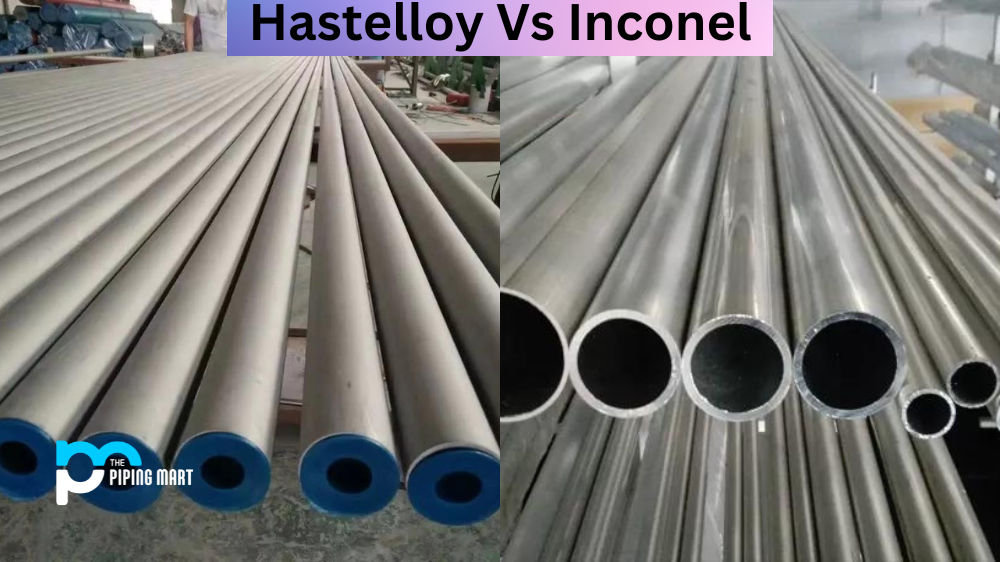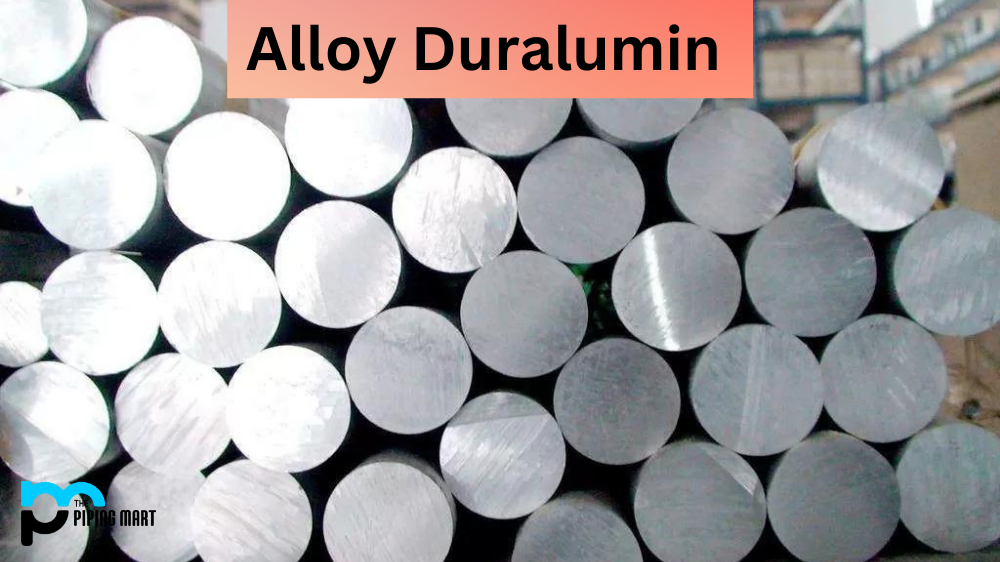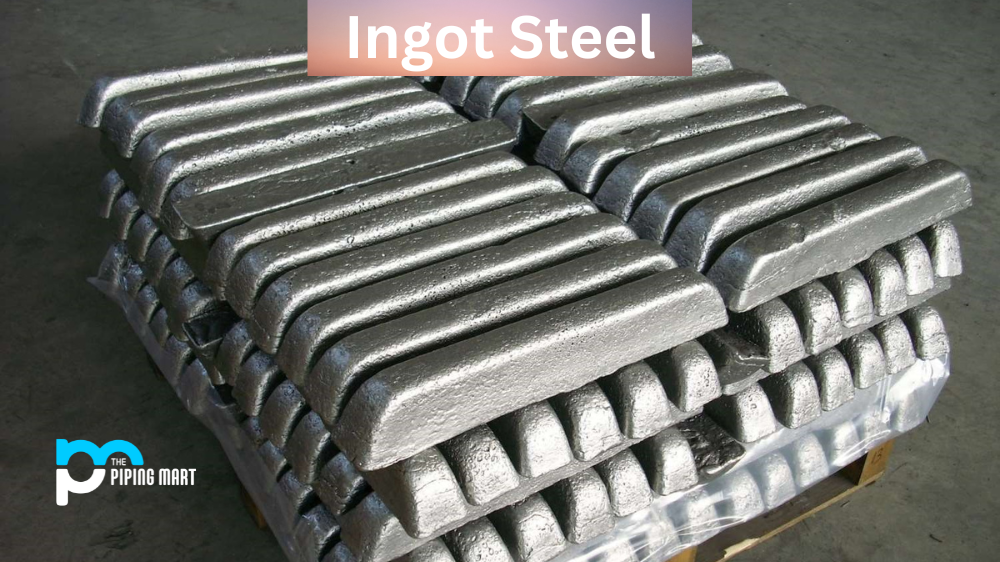Regarding metal alloys for high-temperature applications, two names come up quite frequently – Hastelloy and Inconel. Both nickel-based alloys offer high strength, corrosion resistance, and excellent mechanical properties at elevated temperatures. But which one is better? In this blog post, we’ll explore the features and benefits of these alloys and help you make an informed decision. So, whether you’re an engineer, metallurgist, or someone generally interested in the field, read on to find out which alloy comes out on top.
Difference Between Hastelloy and Inconel
Hastelloy vs Inconel Composition
Both Hastelloy and Inconel are nickel-based alloys but differ in composition. Hastelloy is made up of nickel, molybdenum, and chromium, with some iron and tungsten thrown in. Inconel, conversely, contains nickel, chromium, iron, and smaller amounts of other elements like molybdenum, titanium, and copper. These alloys are designed to withstand high temperatures and are used in applications such as chemical processing, aerospace engines, and gas turbines.
Hastelloy vs Inconel Corrosion Resistance
One of the essential features of any metal used in high-temperature applications is its ability to withstand corrosion. Both Hastelloy and Inconel offer excellent corrosion resistance, but Hastelloy is particularly suited to environments with strong oxidizing agents like sulfuric acid, hydrochloric acid, and nitric acid. In contrast, Inconel performs better in high salt or other halogen concentrations.
Hastelloy vs Inconel Mechanical Properties
Another important factor to consider when choosing between these two alloys is their mechanical properties. Hastelloy offers high fatigue strength and is particularly resistant to hydrogen embrittlement, making it an ideal choice for aerospace applications. Conversely, Inconel is well-suited to applications that require high strength and toughness, such as gas turbine blades and turbine disks.
Hastelloy vs Inconel Temperature Range
Hastelloy and Inconel have a wide temperature range, and their properties improve as temperatures increase. However, from a practical standpoint, Hastelloy is better suited to extremely high temperatures (up to 2200°F) and high-pressure environments. In contrast, Inconel performs well at temperatures up to 1600°F and is often used in applications that require good high-temperature strength with moderate corrosion resistance.
Hastelloy vs Inconel Cost
Cost is a crucial consideration in any engineering project, and the prices of these alloys can vary depending on their composition, size, and availability. However, Hastelloy is generally considered more expensive than Inconel due to its higher nickel and molybdenum content. In situations where cost is a significant consideration, Inconel may offer an excellent balance of properties and affordability.
Hastelloy vs Inconel Melting Point
Hastelloy has a higher melting point than Inconel, meaning it can withstand higher temperatures before beginning to degrade.
Hastelloy vs Inconel Applications
Hastelloy is often used in chemical processing and other high-temperature applications due to its excellent corrosion resistance and strength. Inconel is often used in aerospace and other applications where weight is a concern due to its lighter weight.
Conclusion:
Hastelloy and Inconel offer high strength, excellent corrosion resistance, and mechanical properties at elevated temperatures. However, choosing between these alloys requires careful consideration of your specific application’s requirements, such as temperature range, corrosion resistance, and mechanical properties. So next time you’re faced with the Hastelloy Vs Inconel dilemma, remember that it ultimately comes down to the application’s unique requirements.

Abhishek is a seasoned blogger and industry expert, sharing his insights and knowledge on various topics. With his research, Abhishek offers valuable insights and tips for professionals and enthusiasts. Follow him for expert advice on the latest trends and developments in the metal industry.




